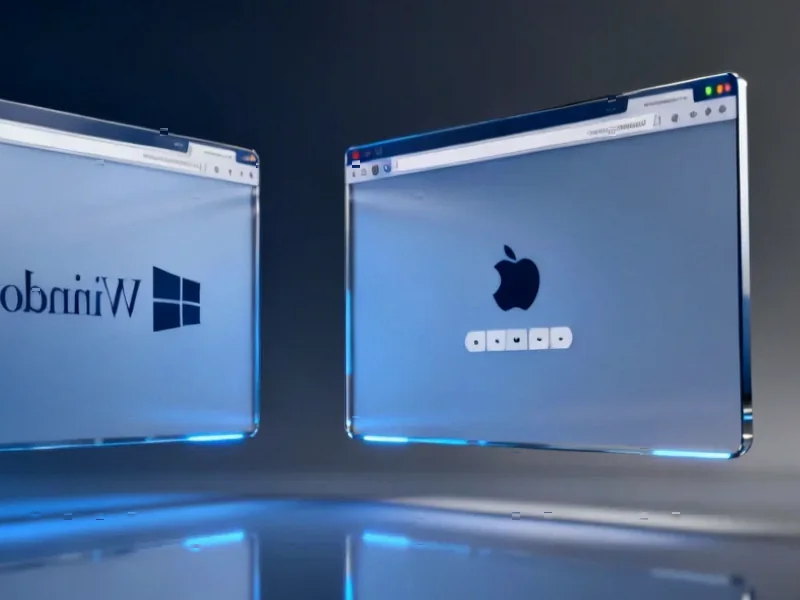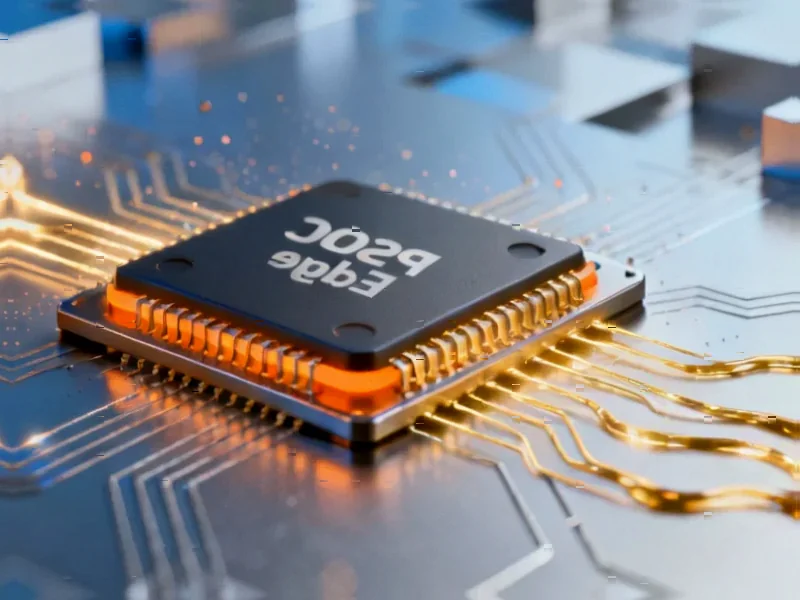According to 9to5Mac, The Browser Company has updated its AI-powered Dia browser with several features originally popularized by Arc, the company’s first browser product. The recent update includes Focus Mode and a sidebar mode, following CEO Josh Miller’s promise that more of “Arc’s greatest hits will be redesigned for Dia.” In response to user concerns that Dia was becoming a replacement for Arc, Miller explained on X that the current strategy involves adapting Arc’s most popular features while leveraging Dia’s superior architecture. This move comes as The Browser Company, now owned by Atlassian, attempts to repair goodwill with users who felt burned by the sudden pivot from Arc to Dia.
The Architecture Advantage
What Miller describes as Dia’s “superior architecture” represents a fundamental shift in browser design philosophy. Traditional browsers like Chrome and Firefox were built for an era of static web pages, while modern AI-powered browsers require fundamentally different underlying structures to handle real-time processing, machine learning integration, and dynamic content adaptation. Dia’s architecture likely includes optimized memory management for AI workloads, better isolation between AI processes and browsing sessions, and more efficient handling of the constant data exchange between local and cloud-based AI models. This technical foundation could give Dia significant performance advantages in processing complex queries, maintaining context across sessions, and integrating multiple AI services simultaneously.
The User Alienation Calculus
The Browser Company faces a delicate balancing act in managing user expectations. When a company abruptly shifts focus from an established product to a new one, it risks creating what I’ve observed in other tech transitions as “innovation resentment”—where early adopters feel punished rather than rewarded for their loyalty. The decision to port Arc’s features to Dia suggests recognition that user interface familiarity and workflow continuity matter as much as underlying technology. However, this approach risks creating a “frankenbrowser” that neither fully replicates the Arc experience nor delivers a completely new paradigm. The company must carefully sequence these feature migrations to avoid appearing reactive rather than strategic.
AI Browser Wars Intensify
Dia’s evolution occurs against the backdrop of an increasingly crowded AI browser market. Competitors range from established players like Microsoft’s Edge with Copilot integration to specialized newcomers like SigmaOS and Aloha. What distinguishes The Browser Company’s approach is their focus on creating what they’ve previously described as a “thinking companion” rather than just a smarter search tool. The integration of Arc’s proven interface patterns with Dia’s AI-first architecture could create a compelling middle ground—familiar enough to reduce learning curves while advanced enough to demonstrate genuine AI value. However, as industry observers have noted, the success of this strategy depends on execution quality and timing in a market where user patience for half-baked AI features is rapidly diminishing.
Enterprise Implications Under Atlassian
With Atlassian’s ownership now in the picture, the stakes for Dia’s success extend beyond consumer browsing. Atlassian’s enterprise customer base represents a potentially massive distribution channel, but also imposes different requirements around security, compliance, and integration. The features being ported from Arc—particularly Focus Mode and sidebar organization—have obvious productivity applications in professional environments. However, enterprise adoption will require robust administrative controls, data governance features, and seamless integration with Atlassian’s existing toolchain. The company’s challenge will be maintaining the innovative spirit that made Arc popular while meeting the rigorous demands of business users who can’t afford experimental features disrupting critical workflows.
Strategic Outlook and Market Position
The Browser Company’s feature migration strategy represents a pragmatic approach to product evolution in the AI era. Rather than treating Arc and Dia as completely separate products, they’re effectively creating a versioned architecture where successful interface patterns can be preserved while the underlying technology advances. This approach acknowledges that users form deep habits around browser interfaces and workflows. As technology analysts have discussed, the real test will be whether Dia can deliver meaningful AI enhancements that justify the transition from Arc, rather than simply recreating the previous experience with minor improvements. The company’s ability to balance innovation with continuity will determine whether they can convert skeptical Arc users into enthusiastic Dia adopters.




